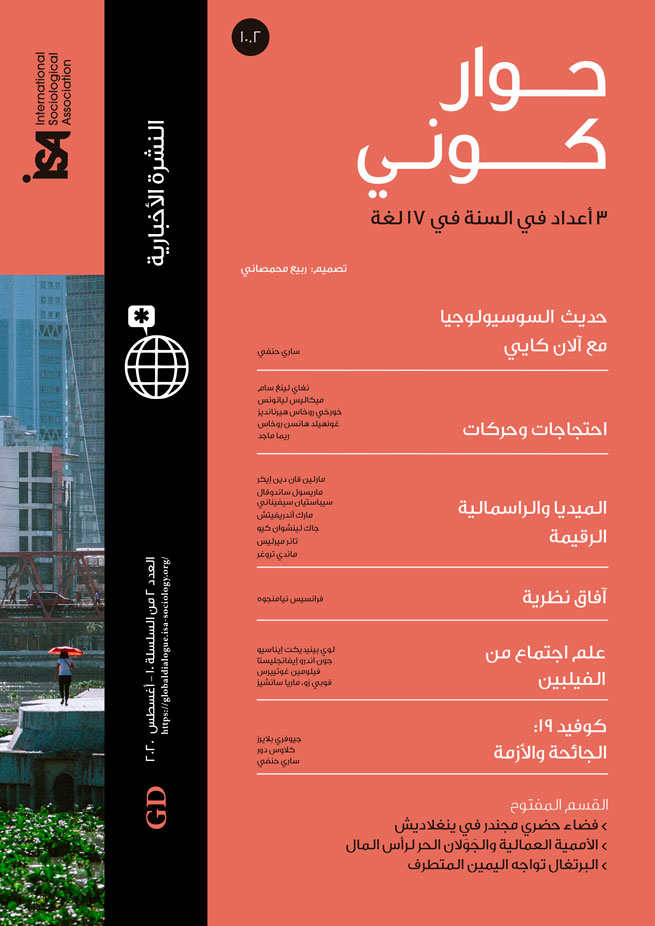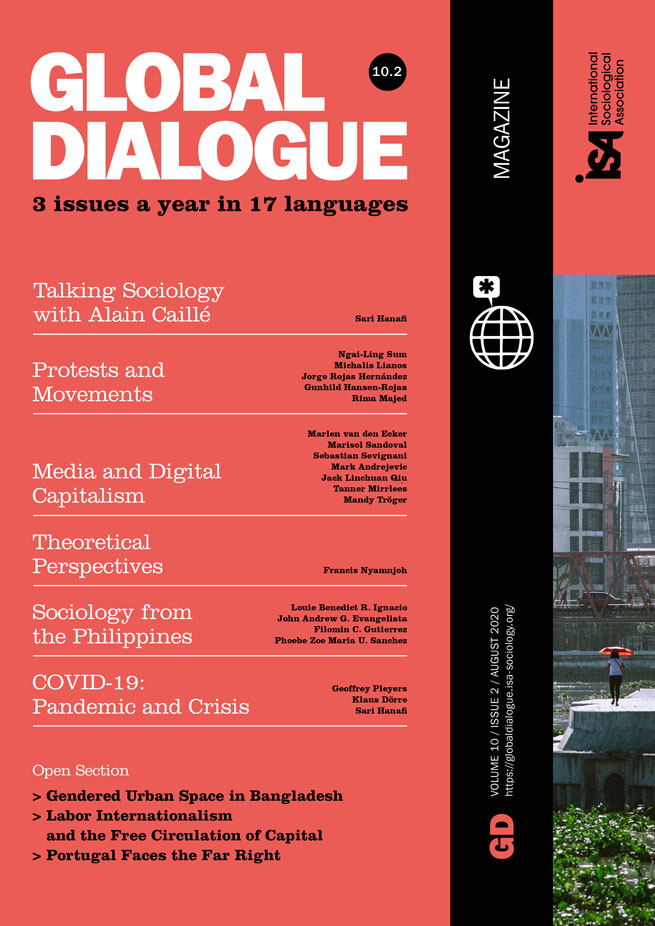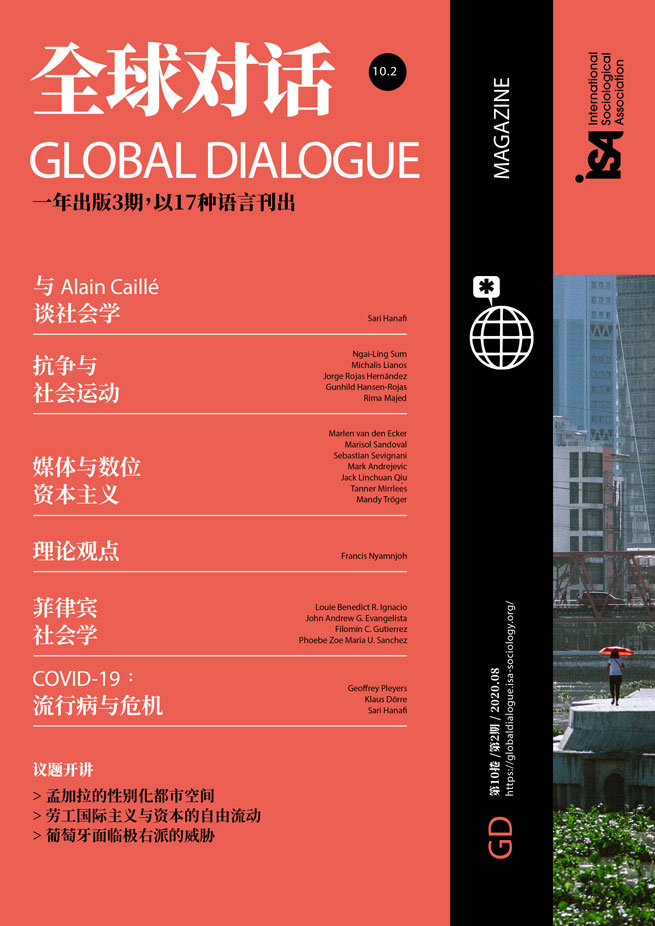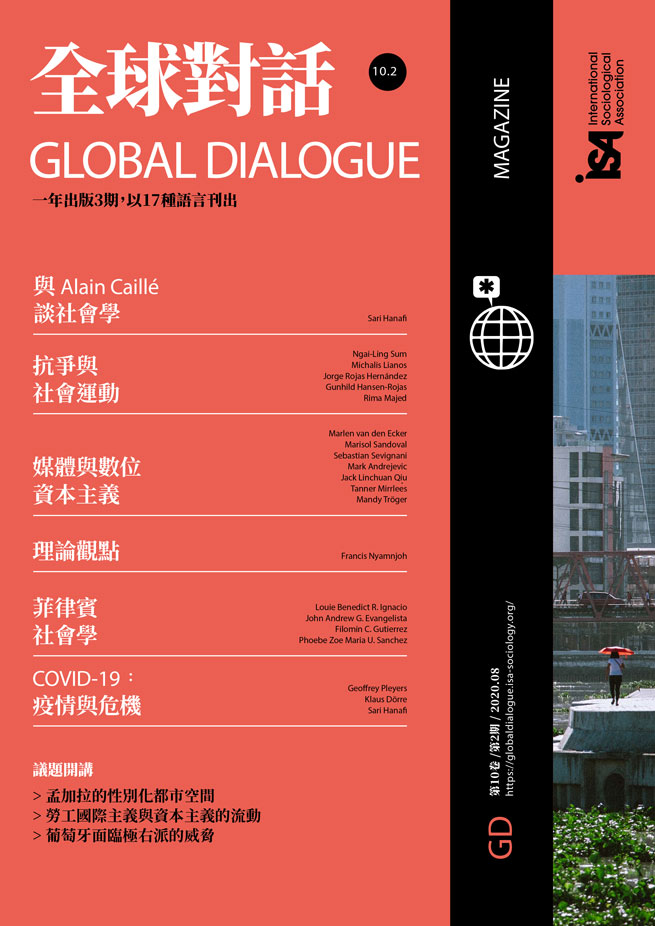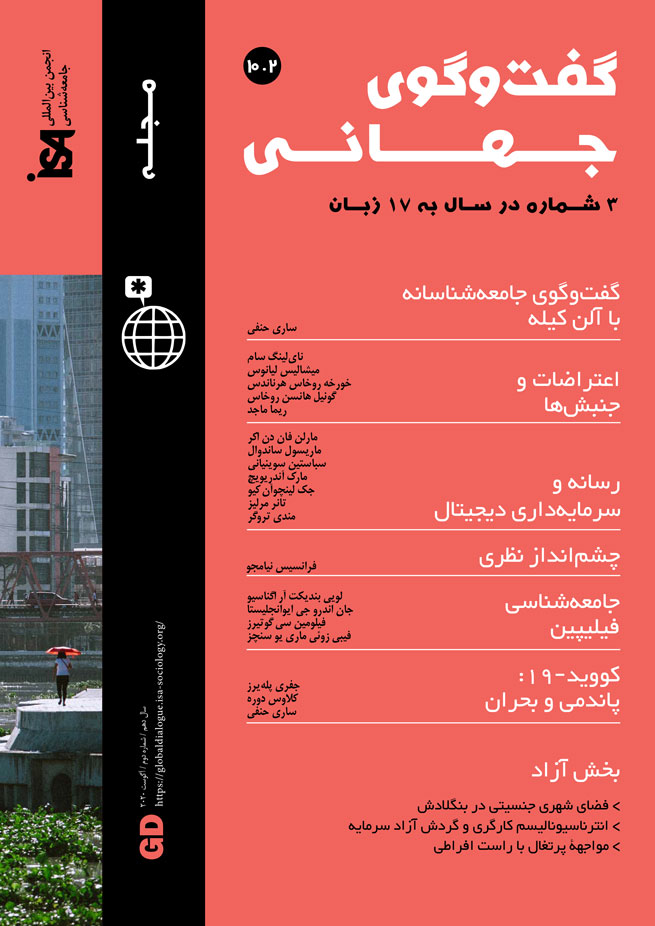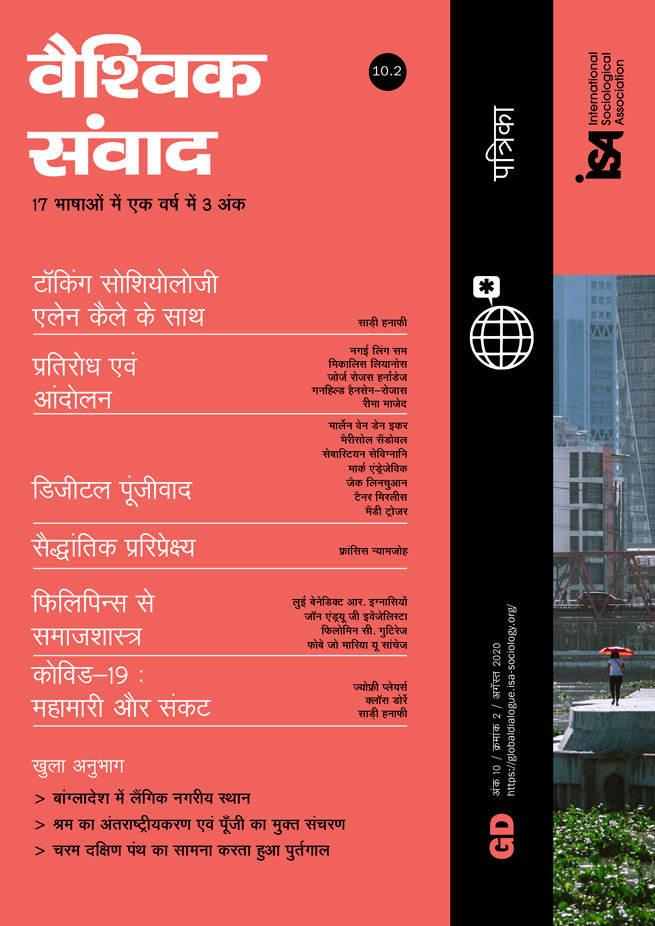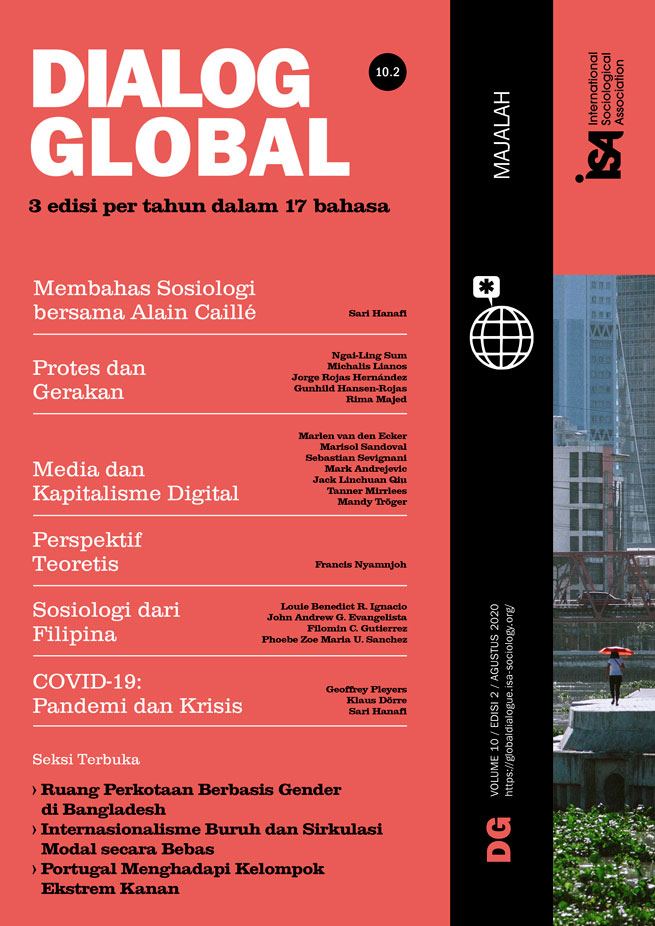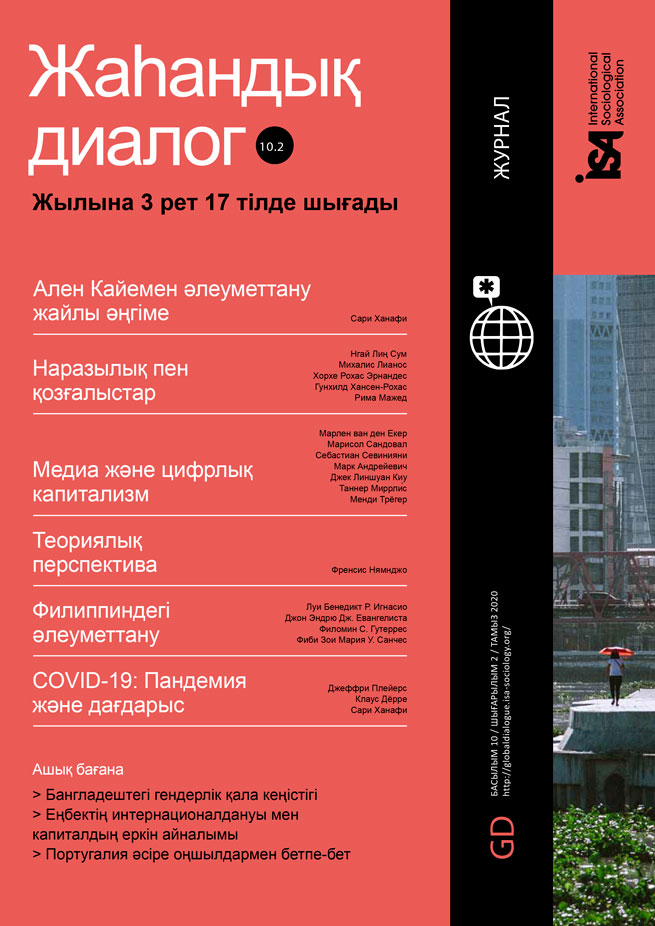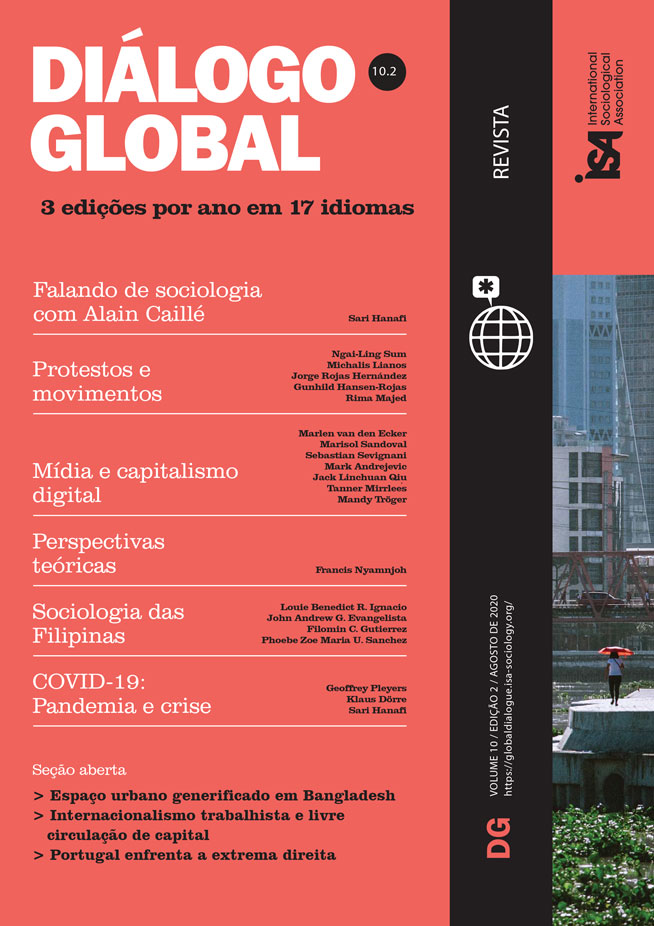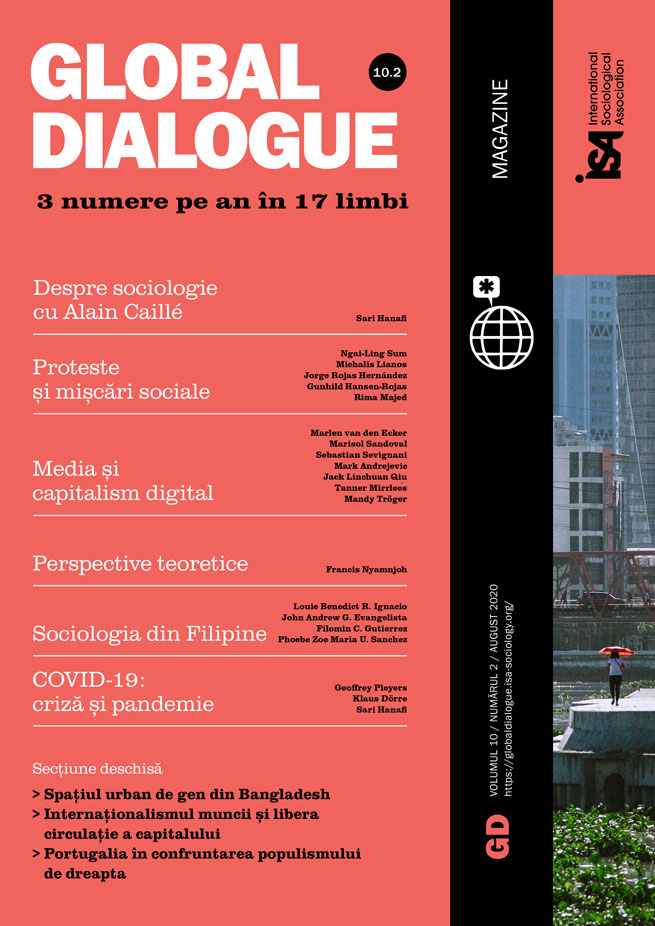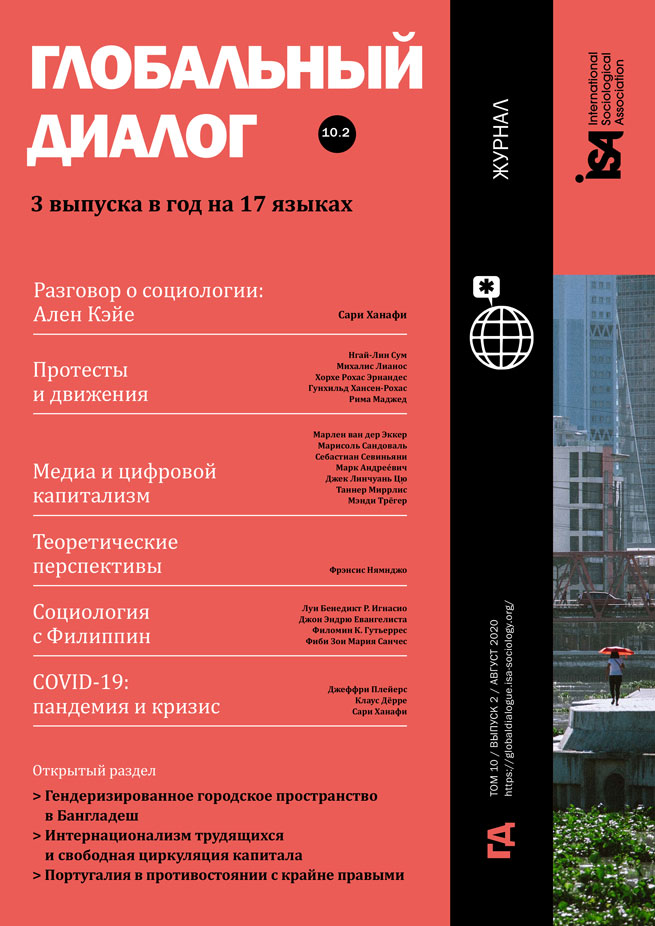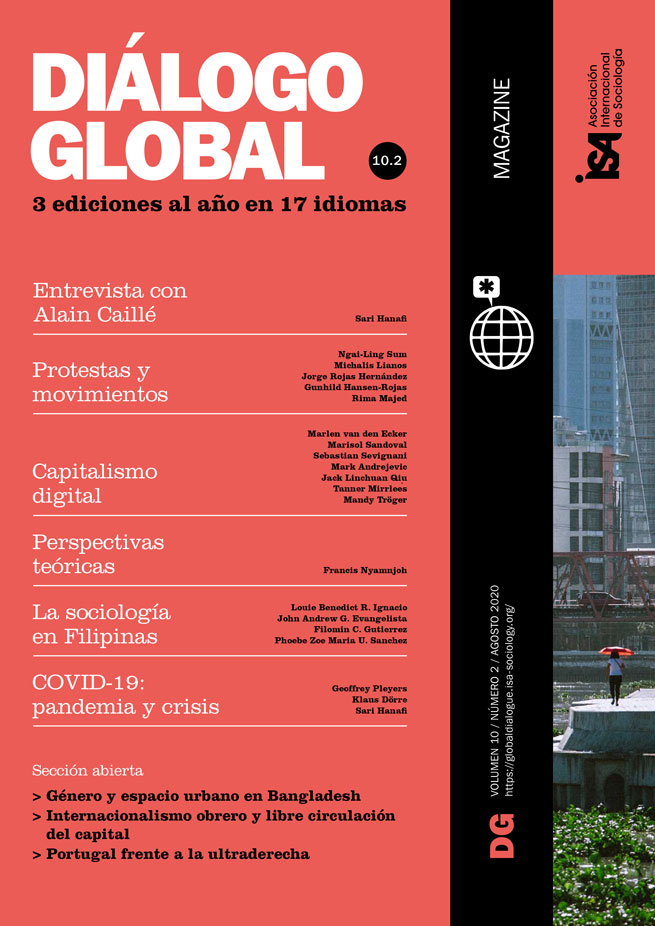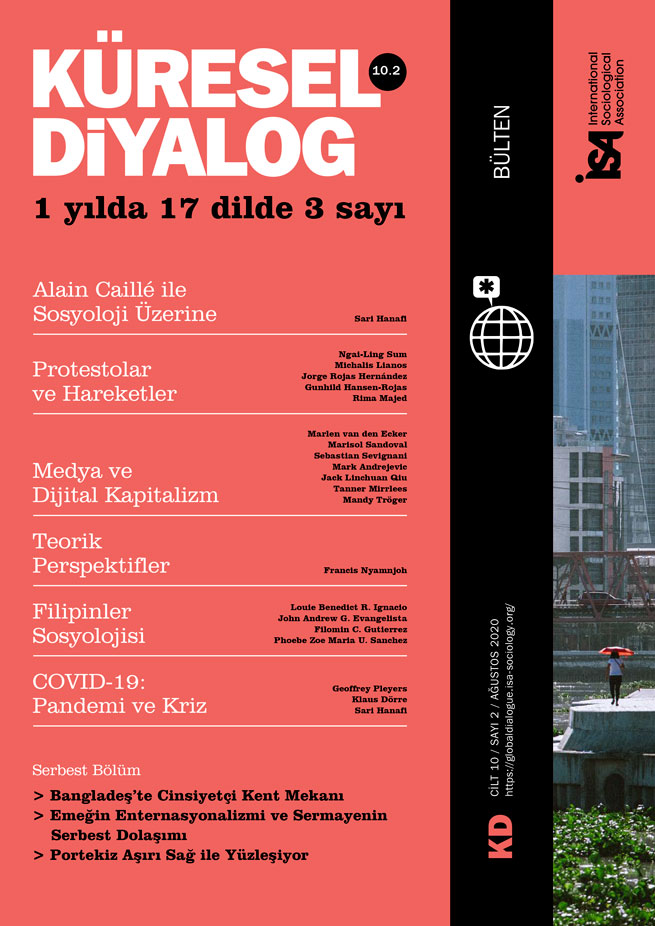Critical media and communication sociology is facing a theoretical and practical dilemma: While for critical social theory, inspired by Marxian and Marxist thinking, productive activity is key to understanding the momentum of social transformation, communication and media tend to remain marginal issues. Critical communication research, on the other hand, analyses ideologies and media effects but often neglects labour. It seems that Jürgen Habermas’ influential distinction between instrumental and communicative action as two separate spheres of social life not only haunts mainstream media sociology and communication studies but also restricts the critical tradition. This has serious limitations for understanding media and communication in the age of digitalisation. We therefore argue for an integrative approach that builds on a critical humanist research tradition. We propose three ways in which communication and labour are practically and theoretically interlinked.
Working conditions in the media
A first, and perhaps most obvious way of connecting communication and labour is by taking seriously the working conditions that underpin contemporary media culture on a global scale. After critics rightly described work as a blind spot of media and communication research, numerous studies over the past decade have investigated working conditions in a range of media and cultural sector professions including journalism, design, fashion, media, and art. These studies document that, behind the ethics of meritocracy, youthfulness, openness, creativity, autonomy, and self-realization which surrounds these industries, are structural inequalities of race, class, and gender, precarious contracts, unpaid labour, and a culture of long hours, work stress, anxiety, self-blame, competitiveness, and individualism.
Looking further along the supply chains of global cultural production reveals a second, deeper layer of how media culture is structurally linked to physical production. Contemporary media culture would be unthinkable without the labour of thousands of industrial workers assembling computers and electronics products in manufacturing plants around the world. Research into work in electronics manufacturing powerfully shows that modern digital culture is structurally sustained by an industry that perpetuates working conditions that resemble the early days of industrial capitalism. Scandals – such as a series of worker suicides at Apple supplier Foxconn in 2010 – aside, the daily realities of these workers remain largely hidden behind the sleek surfaces of modern gadgets and advertising campaigns that emphasize lightness and innovation. Looking, for example, at journalists, designers, and artists as workers, while also framing electronics manufacturing as both industrial and communicative labour shows that media, art, and communication have never been merely superstructural phenomena but are deeply integrated into capitalist economies and structures of exploitation.
Communicating to produce
Second, it can be argued that in order to produce, one has to communicate and to cooperate. Every production takes place within communicative and mediated relations of production. Here media and communication sociology interacts with labour sociology and research on how labour is organized and controlled. (New) media and communication technologies, such as email, smartphones, and digital platforms create an always-online culture, contribute to extending the total amount of working hours, and integrate new, often unpaid forms of labour into value chains. They also intensify labour by making its division and recomposition within the workplace and between corporations more efficient and flexible for the dynamic interests of capital. For certain workforces, media applications such as Slack support a change towards increasingly autonomous, dialogue-oriented, and explorative forms of working that shift traditional management tasks onto the project and knowledge worker. Various forms of algorithmic feedback applications and evaluation tools are then used to make sure that such “autonomous” communicative and cooperative work can still be controlled and directed by those who own the means of communicative production.
Communication as production
A third option to relate communication and labour is somewhat counter-intuitive: Communication itself can be seen as work and production. This becomes plausible if we imagine communication having the same structure as labour and if we integrate them both into a common framework as objectifying activity. Humans cooperatively use tools and (raw) materials to produce objects and thereby – confronting the sometimes resistant sovereignty of the material world – they develop and refine their subjectivity. This is the starting point of a Marxist anthropology considering humans as active, objectifying, appropriating, and learning social beings. Instead of objectifying one’s capabilities into material objects, communication involves labouring on signs and symbols using the means of communication (Raymond Williams), that is, other signs, symbols, and media, to produce information. The Latin origin of the word information – “in-formare,” meaning to form or impress and to inform somebody – expresses this perfectly. Objectified signs or encoded meanings (from Stuart Hall and British Cultural Studies) have to be appropriated or decoded and this has effects: Instead of structuring the material world, communication structures the communicator’s own psychic regulation and that of other subjects. People can communicate only by labouring on signs and every interaction, be it the most immediate, is in fact mediated by this symbolic-material world.
Think for instance of users lured into the walled gardens of monopolized social media platforms, such as Facebook, Instagram, Weibo, Snapchat, TikTok, and others. Within the proposed new framework they are actively communicating but also exploited prosumers. Their communicative objectifications continuously leave data traces that are valorised by social media capital within their surveillance-based business models. Without the communicative activity of Internet users and the expropriation of their objectifications there would be no commodity to be sold to the advertising industry and no profits for commercial social media. Within this unequal and exploitative social relationship between labour/communication and capital the latter strives to make us use digital media harder and more intensively; it directs and channels our communicative activity towards advertisements and consumerism. User activity is thereby subsumed to capital; (social media) capital is “dead” communicative activity controlled by rich social classes to further exploit others.
However, the profit interests behind social media capital not only exploit communication and reproduce unequal social relations in their own favour; this also spills over to a more general form of digital alienation. In the age of big data and algorithms, which are trained by our communicative activity, it is hard to sustain and even to imagine a form of humane informational self-determination without profoundly challenging the underlying political economy of digital capitalism. The expropriation of communicative objectifications and the alienation of communicative activity have already started to make us objects, not subjects, of the digital age.
By extending the analysis of media culture beyond media content and effects, the humanist integrative approach we are proposing leaves us better positioned to grasp the complexities of communicative capitalism and to critique the uneven distribution of global cultural labour. It also allows us to pay attention to possible moments of solidarity that arise from the common experience of exploitation and alienation under global media capital. Investigating the ways in which communication and labour are shaped by the contradictions of global capitalism and how they might contribute to transforming it remains an ongoing task for a critical sociology of media and communication.
Marisol Sandoval, City, University of London, UK <marisol.sandoval.1@city.ac.uk>
Sebastian Sevignani, Paderborn University and University of Jena, Germany <sebastian.sevignani@uni-jena.de>






